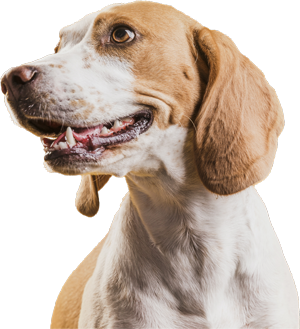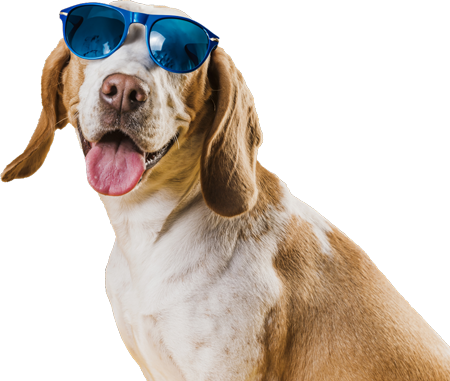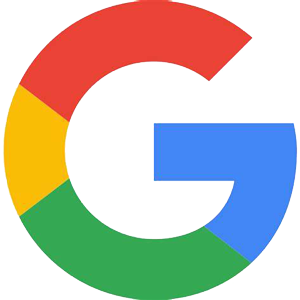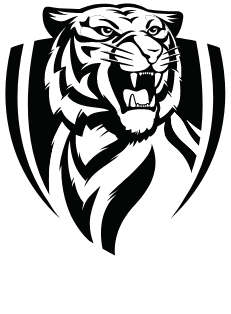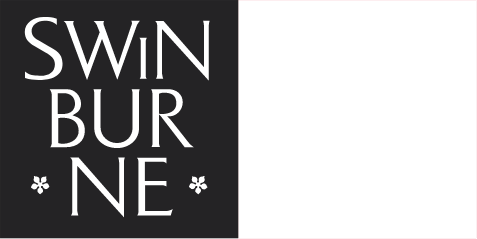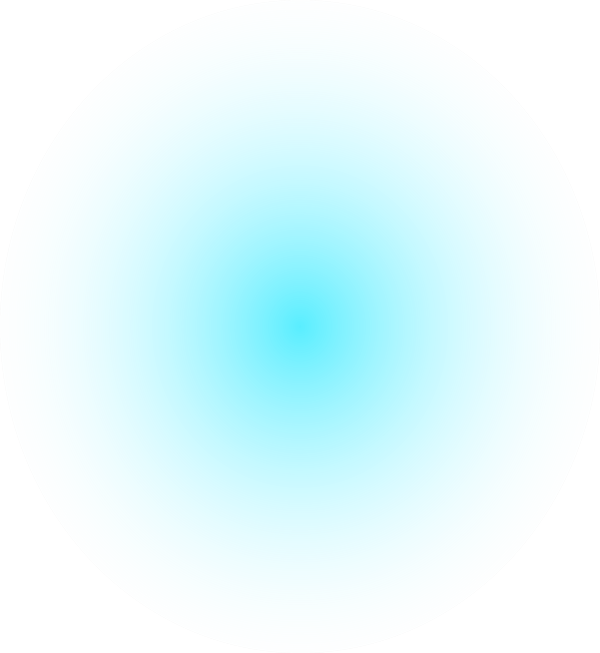The value of product placement.
$45 million dollars on Daniel Craig’s lips…
After six decades of ordering a martini, shaken not stirred, Mr. Bond has thrown caution to the wind once again and, controversially, shaken up his sacred tipple.
With a $45 million dollar check in their pockets, producers watched as their cash cow, Mr Bond ordered a Heineken beer.
Those who remain aghast at the switch from a martini to a beer, take note: Mr Bond’s cocktail has never been sacred. In fact, he seems wildly ambivalent about his beverage of choice. Over the years choosing Smirnoff, Absolute or Stolichnaya vodka, depending on who is the highest bidder. At one point, it was a gin martini. The winner that year? Gordons.
But why is product placement valued so highly?
The Global spend on product placement was expected to exceed $23 billion for 2021, a 14% rise from the previous year.
More traditional avenues including tv and print ads are being cast aside in marketing budgets, with a continued decline in spending.
This is because traditional advertisements are skipped or ignored 90% of the time when appearing before an online video such as a Youtube video.
The move from aired TV to streaming platforms has also increased the appeal of product placement. With streaming platforms being subscription-based, this is the only way to get your product in front of your audience through these entertainment channels. According to data measurement firm Nielsen, 46% of homes in the US with access to broadband internet subscribe to at least four streaming services and a staggering 82% of broadband homes subscribe to at least one.

Now back to Mr Bond’s mouth…
Upon its release, Skyfall dominated, making AUD $1.6 billion in box office sales. Globally $314.4 million AUD was made in just the first 10 days alone. Now, let’s throw in an olive and do some rough and dirty maths; if we assume the average cost of a movie ticket across the world is $14AUD then 22.5 million people watched THE James Bond drink a Heineken over just 10 days.
Skyfall is available to stream on multiple platforms depending on the country that you’re in. On track to becoming a classic, like the Bond films that precede it, there is no predictor of how many impressionable eyes will bush across a Heineken in this film. On Christmas Eve, 2012 Skyfall had the 8 PM slot on ITV and garnered 6.33 million viewers. Simultaneously, a group of people, larger than the population of New Zealand had their eyes on a Heineken. In midst of a season of drinking and merriment, this is invaluable for a brand in an extremely saturated and competitive market. Essentially, this $45 million dollars was a long-term investment, with a great short-term payoff for Heineken.
In just box office views this copping has only cost the beverage giant 40 cents per view. This number will continuously decline. A $45 million bargain.
There was instant gratification as Heineken sales volumes rose 5.3% in 2012, and the group reported a gain in market share in the UK, France, Ireland and Belgium.
Onto another stunt-performing stud. 1986 film Top Gun placed heartthrob Tom Cruise in a pair of Ray-Ban Aviator 3025 sunglasses, both in the film and on the movie poster. Ray-Ban experienced a whopping 33% increase in sales after this feature, and further, this model of sunglasses was adopted as the unofficial uniform or status symbol among military pilots.
Beyond the commercial scope of Top Gun in the retail space, perhaps more interesting is the military’s involvement in its making, and its success off the back of this film.
The US Department of Defence has a division that assists the production of military-themed movies through the use of military-grade equipment and locations.
For the bargain price of 1.8 million dollars Top Gun gained access to ”the use of Miramar Naval Air station” and four aircraft carriers and about two dozen F-14 Tomcats, F-5 Tigers and A-4 Skyhawks – some flown by real-life Top Gun pilots”
Why give them this access?
This deal gave the Department of Defence access to and editing rights over the script, and opened up an opportunity for, shall we tentatively say, an avenue of propaganda?
At the time ”too many pilots were crashing”, and Navy regulators prohibited personal relationships between officers and enlisted personnel. So naturally, Mavericks mate, Goose, dies on impact when his head hits the F-14’s canopy not as originally scripted in a mid-air collision and Charlie, Mavericks beau was re-written as a civilian, not the originally planned service member.
Top Gun grossed $357 million globally, roughly $965.4 million when adjusted to today. It remains an iconic classic in the film industry. The immediate payoff for the US Department of Defence was immense. Naval aviator applications jumped by 500%.

The military remains involved in the production of US military-themed films and has found a way to optimise the brand awareness that allows them access to their portrayal for close to nothing.
As the power of streaming continues to rise it is no doubt that we will see more and more advertising dollars being allocated to product placement. $45 million on ‘mere’ product placement may seem ludicrous, but what the examples above have taught us is that this form of marketing is anything but ‘mere’. When we zoom out and take in the full context and data this extremely successful brand awareness campaign only cost the brand 40 cents per view from the box office alone. This figure does not consider the decade that this film has spent on streaming services.
Brand awareness campaigns, despite their cost and often murky results, cannot be overlooked. Brands like Ray-Bans and Heikenen continue to be major market shareholders within their industries because of their continuous spending on advertising, and, despite their large hold over the market Heineken still managed to strengthen their position in the UK, France Ireland and Belgium off the back of a successful product placement gamble. The major players within an industry remain at the top for this reason.
Top Gun leads us to question how many other films have been altered by the involvement of the Department of Defence? How many DOD-approved messages have we consumed without our knowledge? Achieving a 500% increase in sales, Ray-Bans marketing team slapped a pair of sexy Naval Aviators on Hollywood’s juiciest man and unintentionally made these glasses the ticket to getting on ins of the military (did someone say conscription marketing?).
One thing is for sure, long as brands keep putting their products in the hands of Hollywood’s most charming, we’ll keep buying right into them.
Related Page and Articles


